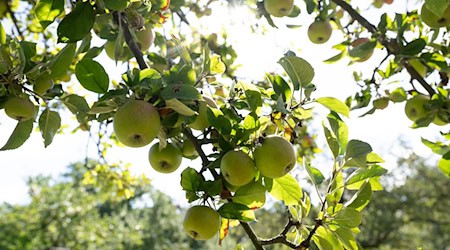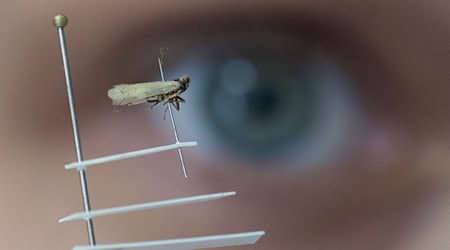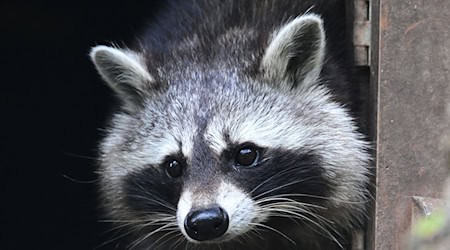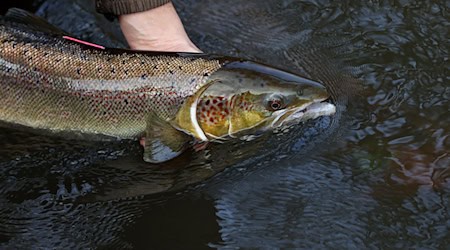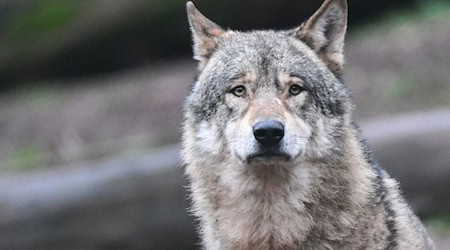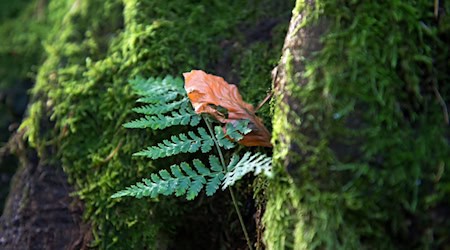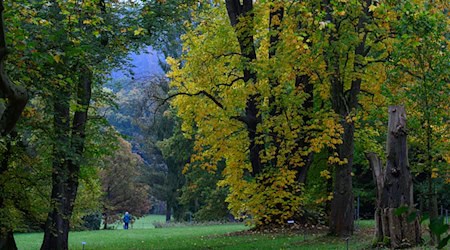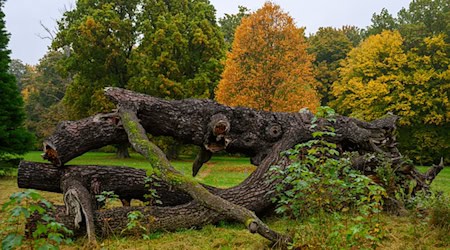The common hamster is to be given more habitat in Saxony and its population is to grow. This is the aim of an EU-supported funding program that will officially begin in October. The "LIFE4HamsterSaxony" project will run for six years and has a total budget of 12.2 million euros. 75 percent of this is being provided by the European Union. The remainder is shared by the state of Saxony, Leipzig Zoo and the district of North Saxony.
"Hamster-friendly" crops to provide protection and food
The aim of the project is to strengthen the population of the small arable dwellers in their last habitat in Saxony. Step by step, "hamster-friendly" crops are to be cultivated on areas in north-west Saxony to compensate for the negative effects of climate change on hamsters, such as the lack of cover due to early harvesting and drought, and which can also be used for agricultural purposes.
Leipzig Zoo breeds and releases field hamsters into the wild
The project is managed by the State Office for the Environment, Agriculture and Geology. Leipzig Zoo is responsible for breeding and releasing field hamsters into the wild, while the North Saxony District Office is responsible for administrative tasks as the lower nature conservation authority. The affected area has a total surface area of 6,000 hectares, and specific measures are to be implemented on almost 400 hectares.
Field hamsters (Cricetus cricetus) are regarded as "architects underground" and live in a widely branched burrow. They grow up to 35 centimetres in size and can weigh up to 500 grams. They hibernate from October to April. With their hamster cheeks, the animals have natural "shopping bags". The cheeks are extremely flexible and are used to transport seeds and grains for the larder in the burrow. Nevertheless, field hamsters are threatened by intensive agriculture and pesticides.
Copyright 2025, dpa (www.dpa.de). All rights reserved


